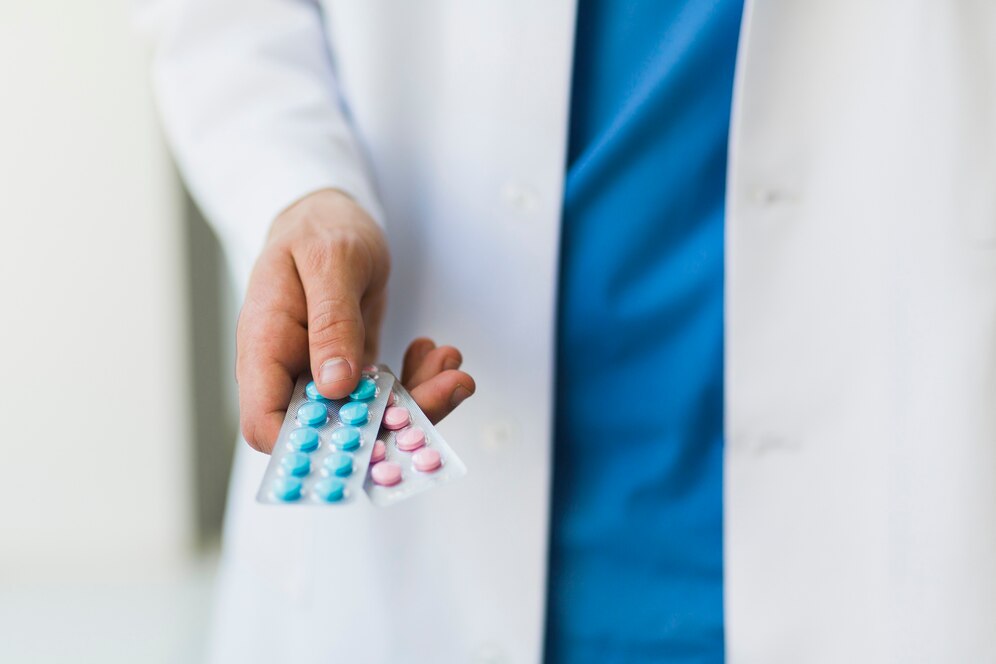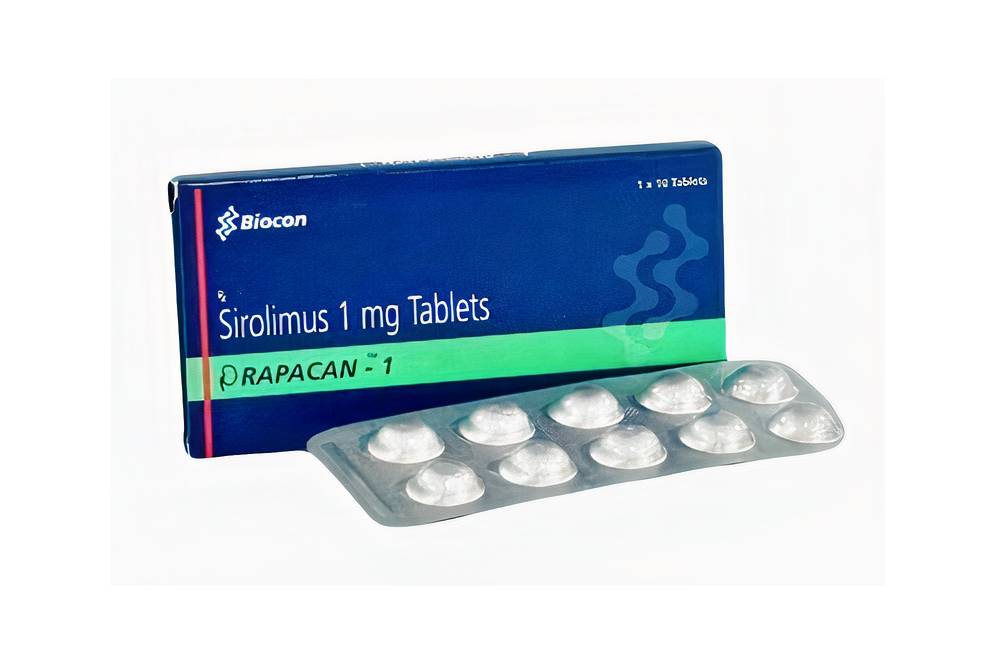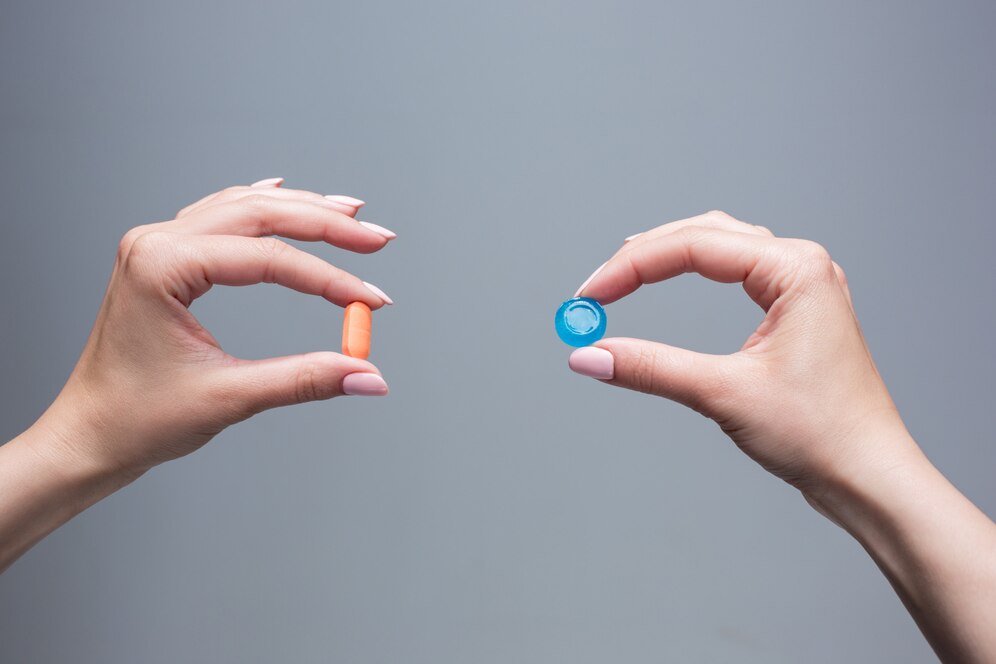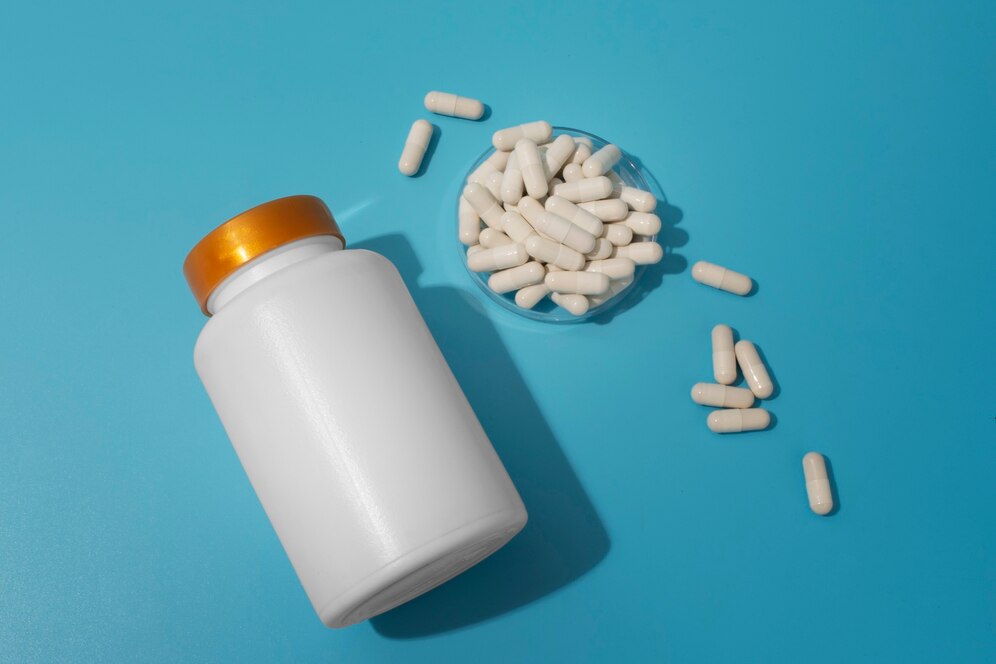How to Safely Use Prescription Painkillers Without Developing a Dependence
Prescription painkillers can be life-savers in relieving debilitating pain, whether it’s after surgery, an injury or a serious diagnosis. They make it possible for people to heal, to regain function and return to normalcy, as their bodies recover from whatever might have ailed them. Yet with every potential benefit comes a cost, and with prescription painkillers, that cost is a real risk of dependence.
But the question remains: how to use these drugs in a way that works, and to avoid the traps produced by long-term use? In this article, we’ll teach you how to use prescription pills safely and without becoming addicted to them. You’ll find practical advice to follow, real-life stories and some tangible tips and insights that will keep you informed, protected, and pain-free.
Why This Article Matters
You’ve probably read or heard horror stories about opioid addiction or seen sensational news about the prescription drug epidemic. Those stories are necessary, but few of the available resources provide practical advice about how you can avoid becoming dependent in the first place.
Ours is different: it provides concrete guidance that you can start using right away. It’s not about helping you avoid addiction so much as helping you assume the role of an empowered and informed decision-maker who can take control of his or her pain and use opioids in an effective way that does not lead to addiction.
What Exactly Are Prescription Painkillers?
Before we get to the how-to, let’s take a moment to cover what we mean by prescription painkillers. These are the kinds of drugs that you get a prescription for from a doctor to alleviate bad pain. They include:
- Opioids: Medications like oxycodone (OxyContin), hydrocodone (Vicodin), and morphine fall into this category.
- Non-Opioid Prescription Painkillers: This includes tramadol, or more powerful nonsteroidal anti-inflammatory drugs (or NSAIDs) than those bought over the counter.
While they are powerful and effective, both opioids and many non-opioid prescription painkillers can lead to dependency if used incorrectly, or for too long.
The Dangers of Dependence
Dependence means that your body has become accustomed to a drug so that, without it, you can’t function properly. This is different from addiction, where you have to compulsively use a drug even when this is destroying your life – although dependence is the first stage on the road to addiction.
Key Risks
- Tolerance: As time passes, higher amounts of the drug may be needed to achieve the same pain relief.
- Withdrawal: You can’t just stop taking the medication. You feel anxious, sweaty, nauseated and badly deprived.
- Addiction: There is a higher risk of addiction with long-term use, and it may be difficult to recognize the time when dependence becomes an addiction.
Step-by-Step Guide to Safely Using Prescription Painkillers
The good news is that dependency is not necessarily the inevitable outcome. But it can be avoided, if you treat it wisely. Here’s how:
1. Use the Lowest Effective Dose
The first is to make sure you take the lowest effective dose. It’s tempting to think that if a small amount reduces your pain, more would be better. But that’s an easy road to dependence. So start low – it’s unlikely that taking even a modest dose of a potent opioid over the long term will do anything but harm your body. And don’t take more than your doctor prescribes.
Example: If your doctor prescribes you 5mg of oxycodone, take it exactly as prescribed. If it isn’t helping enough, talk to your doctor about increasing the dose, don’t just up the dose yourself.
2. Take Painkillers for the Shortest Duration Possible
Painkillers are for short-term use. Ideally, you would use them for acute pain — after an operation, let’s say, or after an injury. The longer you take them, the more risk there is of dependence
Tip: Ask your doctor to put a timeline in place for tapering off the medication. Arrive at a plan so you know when to even out your dosage.
3. Keep a Medication Journal
Tracking your pain levels and medication intake is immensely helpful. A medication journal allows you to record what you are taking, when you are taking it and how you are responding to it, and so on. In doing so, you can keep track of your dosage and spot patterns, such as whether you are relying on the medication more than you should be.
How to Do It
Each day, write down:
- The time you took the medication
- The dosage
- Your pain level before and after
- Any side effects you experienced
4. Explore Non-Pharmacological Pain Relief Methods
Pain medications should not be the only tool in your pain management toolbox. There are many other non-drug pain-management treatments available, including:
- Physical therapy: A physical therapist can help you pinpoint and treat the underlying source of your pain and help you regain physical function.
- Hot packs or ice: This reduces inflammation and muscle spasms.
- Mindfulness and meditation: They can help you with your pain by keeping it in check and decreasing your emotional stress.
If you incorporate these into a pain-management routine, you’ll rely less on medication.
5. Avoid Mixing Painkillers with Alcohol or Other Medications
Using prescription painkillers in combination with alcohol or with other medicines can accelerate the onset of both overdose and dependence. Drinking may make the sedative effects of opioids more pronounced, and taking painkillers with medicines to ease anxiety or sleep (eg, the benzodiazepines) can be deadly. Always consult your doctor or pharmacist about their guidance.
6. Stay In Touch with Your Doctor
Keeping the lines of communication open between you and your doctor is the best, and safest way to manage your prescription painkiller use. Please contact your doctor if:
- You feel like the medication isn’t working as well as it once did.
- You’re experiencing side effects or withdrawal symptoms.
- You’re worried about developing a dependence.
And if doctors don’t have an alternative, they can at least lower your dose or refer you to a pain specialist who’ll help you to manage your pain in another way.
Recognizing the Early Signs of Dependence
Sometimes, despite the best of intentions, dependence can start to grow. The sooner you recognize this, the easier it usually is to remedy. Here are some signs to look out for:
- Taking the drug more often than prescribed or feeling like you need more of it to get the same benefit.
- Feeling anxious or restless when it’s time for your next dose.
- Taking medication for non-medical reasons, such as as a way to cope with being stressed or anxious.
- Going to multiple doctors to get more prescriptions (this is called “doctor shopping”).
- Experiencing withdrawal symptoms when you miss a dose or try to cut back.
If you see any of these symptoms, be sure to contact your physician. Early intervention can halt dependency from advancing to addiction.
The Role of Family and Friends in Safe Painkiller Use
Having a good network of supports may be the difference between a successful opioid treatment and a jolting backslide into active addiction This includes your family and friends, who can hold you accountable and gently nudge you to experiment with new ways of coping with pain. Here’s how to do this:
- Pay attention to how much you take: If someone close to you knows about your prescription, that person can help remind you to stick to your allotted dose or amount of time.
- Offer emotional support: If you have someone to talk to when the pain is simply overwhelming, you will be less emotionally reliant on medications.
- Suggest more therapies: Your family can make sure you get appointments for physical therapy or other treatments that can help you to taper off your meds.
What to Do if You’re Worried About Developing Dependence
If you’re concerned that you may be developing dependence upon your medication, don’t panic. The key is to take action early. Here’s what you can do:
- Talk to your doctor: Tell him or her about your concerns. Ask about alternatives. There is no shame in admitting that you are afraid that you will get hooked.
- Get expert advice: If you’re having difficulty getting over the hump, a pain management specialist or addiction counsellor can help.
- Taper off gradually: Do not stop painkillers cold turkey, as this can cause withdrawal symptoms. Taper off gradually with your doctor’s help.
YOU are in Control of Your Pain Management
Pain is complicated. There’s no single remedy to any of the challenges we just discussed. But with a responsible doctor and a responsible patient, opiates prescribed after surgery can be safely taken with appropriate monitoring for dependence. Using prescription painkillers under the supervision of a doctor, and being in regular contact with your provider, with constant monitoring of any side effects, is one of the best ways to address pain, without the risk of dependency.
Have you had good experiences with pain management? Share your story in the comments and help others to manage their pain safely. Let’s help each other stay informed and make the best choices for our health.










